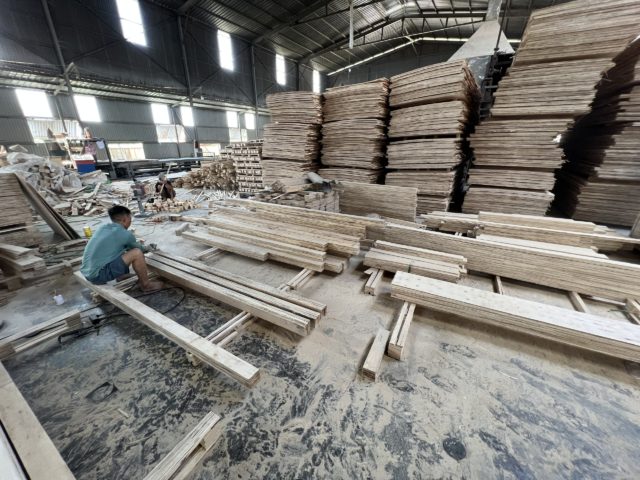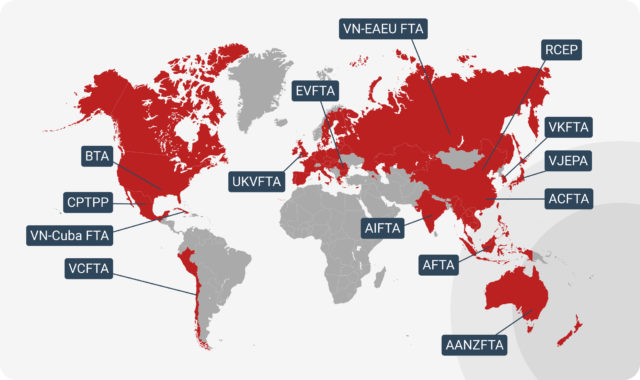
In the intense US-China trade war, Vietnam is one of the beneficiary countries. However, accompanying the benefits is always the risk of stalking. So in fact, in this escalating trade war. How will the Vietnamese wood industry achieve opportunities and risks? Follow this article to get yourself the most accurate information!
. Opportunities for Vietnam’s wood industry:
- Abundant and Sustainable Forest Resources: Vietnam possesses abundant forest resources, providing a sustainable supply of raw materials for the wood industry. Sustainable forestry practices are crucial to ensure the long-term availability of timber and other wood-based resources.
- Global Demand for Wood Products: The global demand for wood products, including furniture, flooring, and other wooden items, continues to rise. Vietnam can tap into this demand by producing high-quality and competitively priced wood products for export markets.
- Export Opportunities: Vietnam has a strong export market for wood products. Leveraging its competitive advantage in production costs and skilled labor, the country can expand its export base and cater to markets in the Asia-Pacific region, Europe, North America, and beyond.

- Economic and Trade Agreements: Trade agreements such as the Comprehensive and Progressive Agreement for Trans-Pacific Partnership (CPTPP) and the EU-Vietnam Free Trade Agreement (EVFTA) create favorable conditions for Vietnam’s wood industry to access international markets with reduced tariffs and trade barriers.
- Eco-friendly and Sustainable Practices: Growing global awareness of environmental sustainability provides an opportunity for Vietnam’s wood industry to emphasize eco-friendly production methods, use of certified sustainable wood, and adoption of responsible sourcing practices.

. Risks for Vietnam’s wood industry:
- Trade Tariffs and Trade Barriers: Tariffs imposed by importing countries or changes in trade policies can affect the competitiveness of Vietnamese wood products in international markets. Trade tensions between major trading partners can lead to sudden tariff increases, disrupting export flows and pricing.

- Supply Chain Disruptions: Disruptions in the supply chain, including raw material shortages, transportation issues, or disruptions caused by natural disasters, can lead to production delays, increased costs, and potential loss of contracts.
- Currency Exchange Rates: Fluctuations in currency exchange rates can impact the competitiveness of Vietnamese wood products in international markets. Sudden devaluations can affect export pricing and profitability.
- Quality Control and Product Standards: Maintaining consistent product quality and adhering to international standards is critical for market acceptance. Failure to meet quality expectations can lead to reputational damage and loss of customers.
Through the above opportunities and risks. Kego Co., LTD is proud to be the unit that can solve all of the above problems. So if you need any assistance, please contact us.
—————————————————————————————————-
CONTACT US
Call us: +8424 3222 2333 – +84 98 188 5346 (Whatsapp)
Email us: sales@kego.com.vn
Location: R.603 Kim Anh Building, Lane 78, Duy Tan Street, Cau Giay District, Hanoi.





